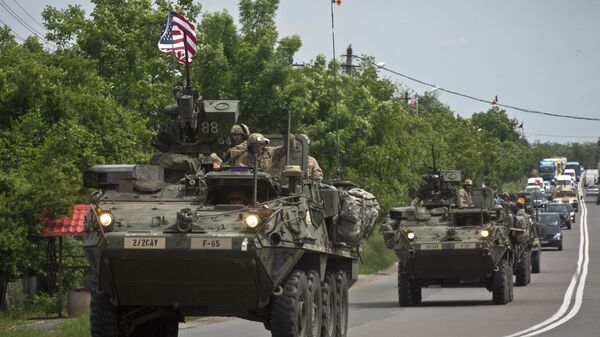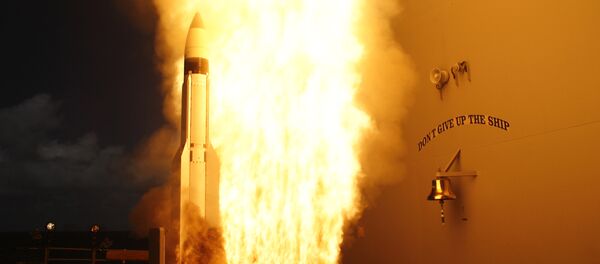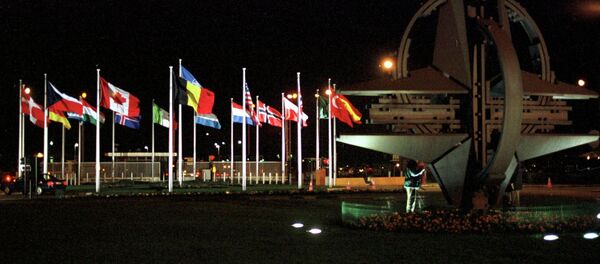The bill, which is still subject to approval from the US President, includes $3.4 billion for military forces in Europe.
The amount is more than four times the $789 million that was allocated in 2014 for the US' European Reassurance Initiative (ERI), part of the government's overseas contingency operations (OCO) account.
In February a US defense official told US-based Defense News that most of the ERI funding, $2.8 billion, will belong to the army, and is "just the beginning."
"What you are seeing is just a down-payment for the US commitment to securing Europe and getting back in," the official said.
From February 2017 the US army in Europe will receive more rotations of US-based armored brigade combat teams, so that they will be a constant presence in Europe. On nine-month rotations, they will conduct military operations across Estonia, Latvia, Lithuania, Poland, Romania, Bulgaria, and Hungary.
The US army will also begin storing more combat equipment in Europe "for contingency operations."
The budget continues to provide funds for the military support of the Ukrainian government, which since coming to power in the 2014 Washington-backed Maidan coup has been conducting military operations against supporters of independence from the Kiev government, in the Donbass region of eastern Ukraine.
The amount of US military funding for Ukraine has decreased from $250 million in 2016 to $150 million. The defense bill details that the funds may be spent on nonlethal military aid, "to help train, equip, and assist the Ukrainian military, National Guard, and security services."
The House voted to redirect $18 billion from OCO funding towards base budget requirements for more troops, jet aircraft, shipbuilding and rotorcraft that the White House did not request, despite a threat from President Obama on Monday to veto the bill.
The bill also cuts off OCO for wartime operations after April 30, 2017, intended to force the next president to ask Congress for supplemental defense spending next year.
Congressional approval of extra military funding for operations in Europe follows persistent demands from US military top brass for more money, using spurious yet lucrative claims of "Russian aggression."
On April 5 US army leaders told the Senate Armed Services Subcommittee that they are in desperate need of more money, and identified Europe as a target for military expansion.
Asked by Senator Roger Wicker if the US Army was "outranged" by any possible adversary, US Army Chief of Staff General Mark Milley replied, "Yes…the ones in Europe, really Russia."
Last week a senior Pentagon official admitted to Politico that the US military uses the claim of "Russian aggression" to gain more funding for the armed forces.
"This is the 'Chicken-Little, sky-is-falling' set in the Army," the officer said.
"These guys want us to believe the Russians are 10 feet tall. There’s a simpler explanation: The Army is looking for a purpose, and a bigger chunk of the budget. And the best way to get that is to paint the Russians as being able to land in our rear and on both of our flanks at the same time. What a crock."





